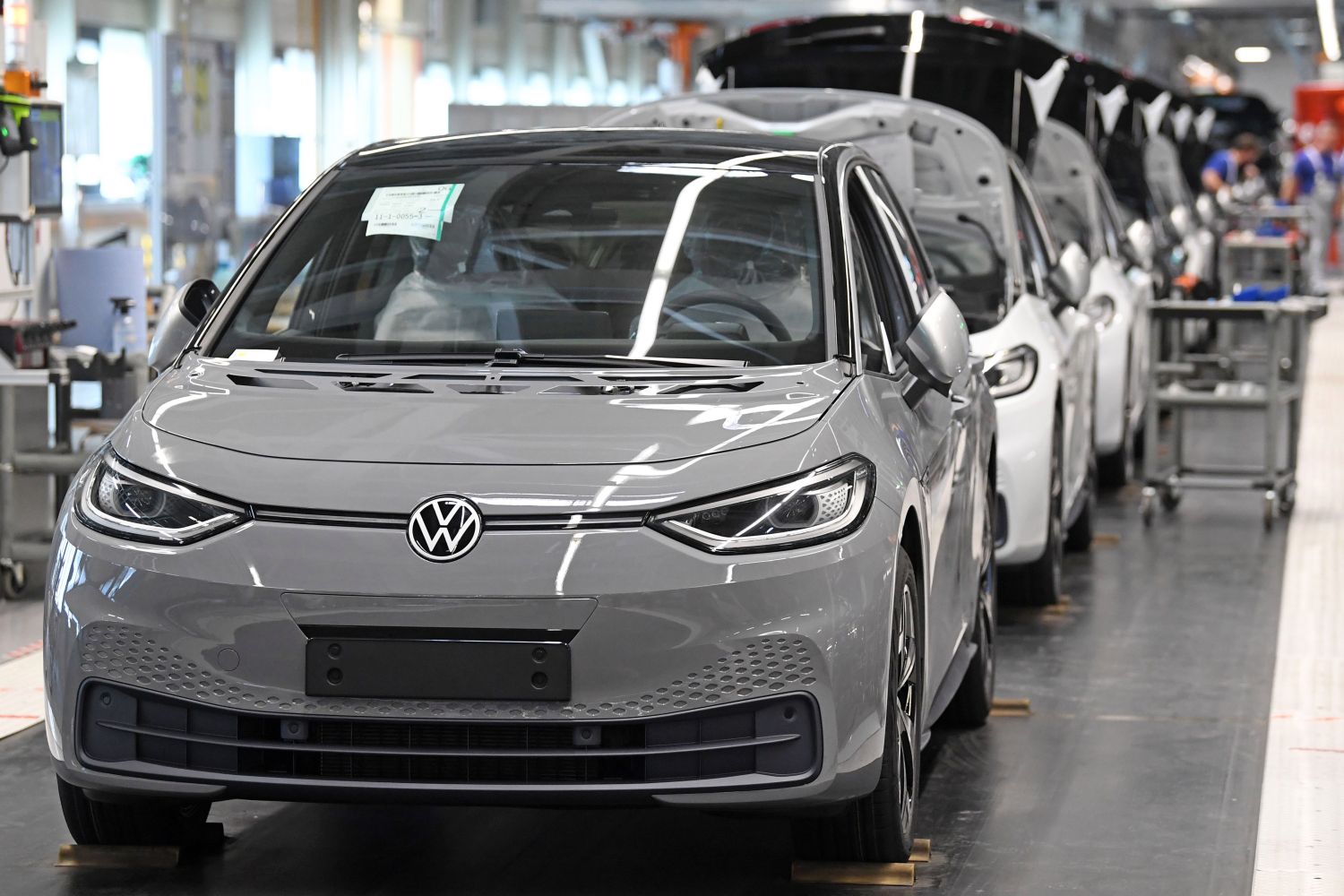Read The Full Article On: Fortune
A key element is the increase of government subsidies for people buying electric vehicles—up from €3,000 to €6,000 per vehicle. Along with cash for hydrogen energy, this forms part of a €50 billion tranche of the overall package, which is set aside for addressing climate change and researching A.I. and quantum computing. (Other notable measures include a temporary lowering of the sales tax rate, and a one-off allowance of €300 per child.)
“It is an ambitious program,” said Merkel, while her finance minister—Olaf Scholz, from the center-left SPD party—talked about emerging from the crisis with “oomph” (my translation).
In a note today, BoA’s analysts said the EV subsidies were “too high” and would not have a great effect on car demand in Germany. It should also be noted that the full subsidy is only for cars costing under €40,000, which leaves out electric vehicles from the likes of BMW, Mercedes, Audi and Tesla.
Volkswagen should benefit somewhat—its ID.3 EV is coming out this summer at a price of just under €30,000. The car giant had previously calledfor stimulus measures to also support combustion-engine cars, but no dice as it turns out.
Germany’s move comes after neighboring France also increased incentivesfor the purchase of electric vehicles, in order to keep its auto industry afloat. As French Finance Minister Bruno Le Maire said last month: “We are ready to support the demand for vehicles but it will be support for clean vehicles that emit less CO2, especially electric vehicles.”
However, France also took a step beyond where Berlin is prepared to go: its bailout for Air France came with “ecological commitments” such as a halving of carbon emissions on domestic flights within the next five years.
Germany’s Lufthansa bailout, agreed in the last few days, comes with no green strings attached.

